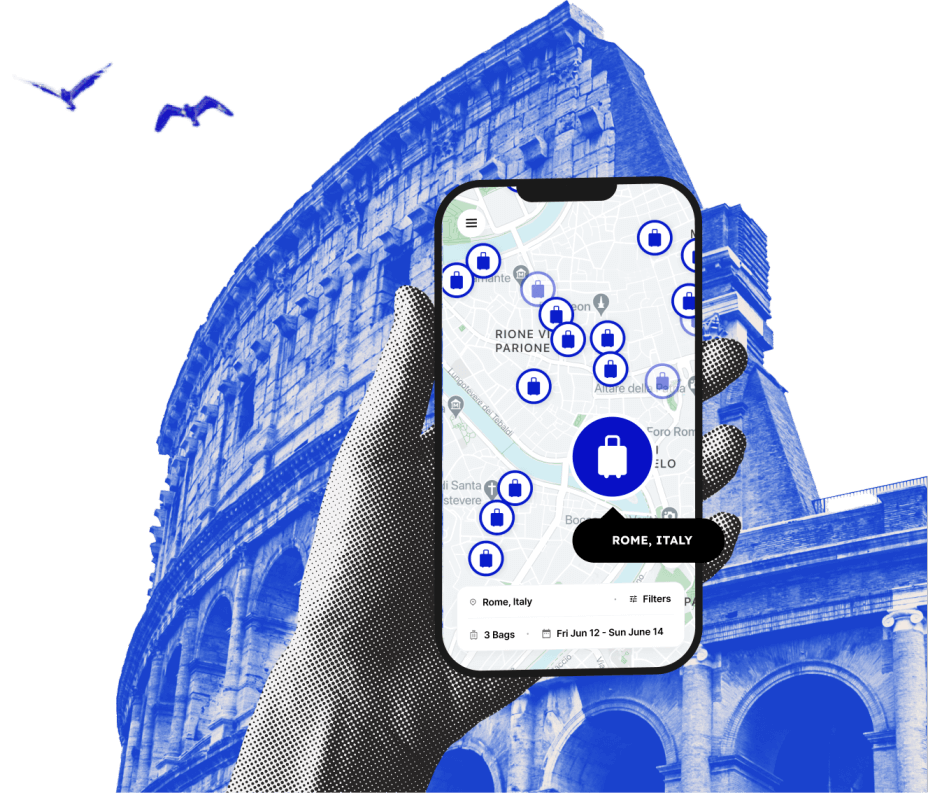How To Get Around Budapest
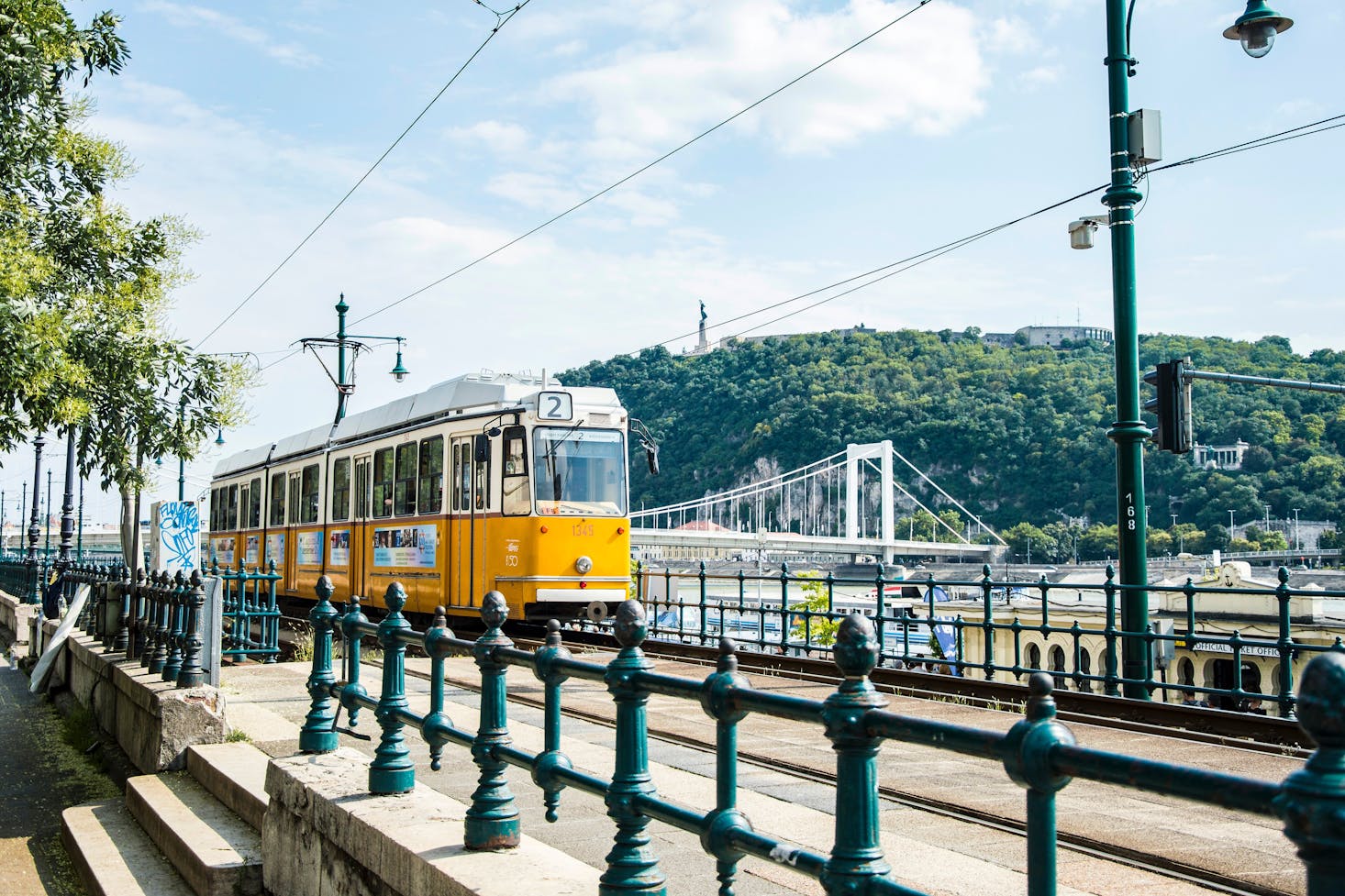
Budapest is a fantastic place to explore. This beautiful central European city is known for being one of the most beautiful in continental Europe, from the UNESCO World Heritage Site of Castle Hill to the impressive sweep of the Grand Boulevard.
When getting around Budapest, it's important for you to remember that this is essentially two cities. There's Buda, the site of Castle Hill and the rest of the Buda Hills. On the other side of the river, there's Pest, where you'll find most of the city's bars, restaurants, and other amenities. The two parts of Budapest are connected by an extensive public transportation system that makes use of trains, Metro lines, streetcars, and other methods to make traveling around the city easier. And if you find yourself out enjoying some of the unmissable things to do in Budapest at night, such as the city's famous ruin pubs, you'll be glad to know Budapest has good night bus services that make getting around the city easy.
But before you go diving into the public transport network of the city, don't forget to drop off your luggage with Bounce luggage storage in Budapest. Busy trams and trains are no place for heavy bags, so leave them behind safely with Bounce to make getting around Budapest easier.
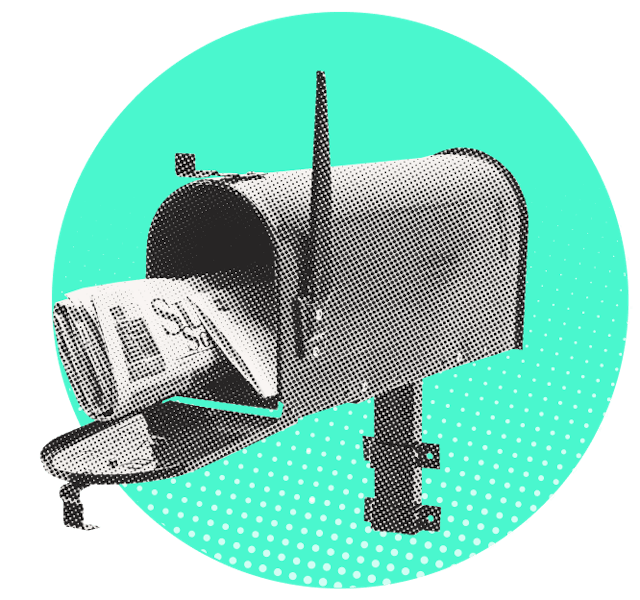
Love discounts and traveling?
Sign up for our newsletter and get 10% off your next booking.
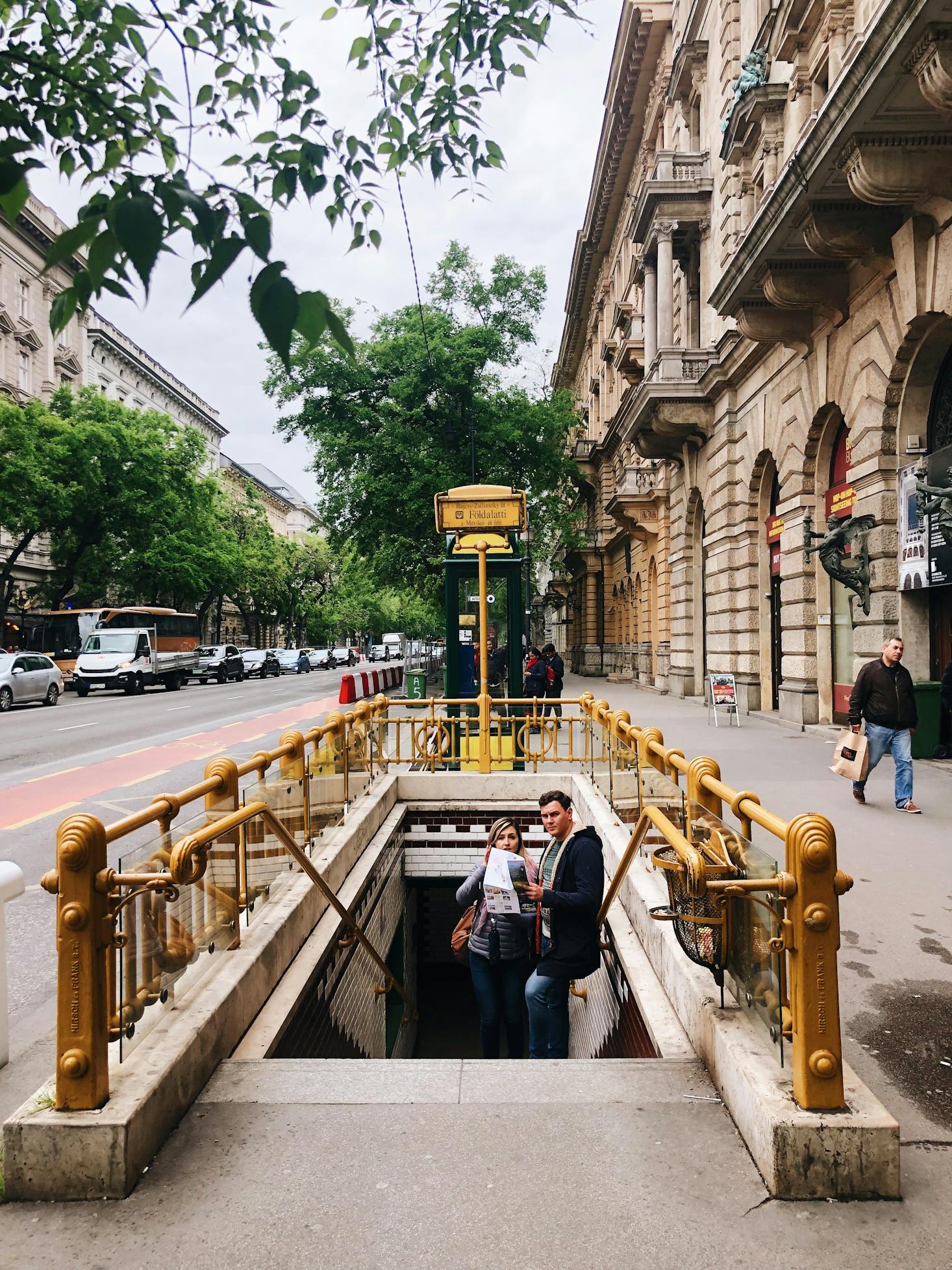
How to get around Budapest by train
Keleti Station is the main railway hub for the Hungarian capital - though by no means the only one. Keleti is the Eastern railway station of Budapest, while Nyugati Pályaudvar is the Western railway station and Déli Pályaudvar is the southern railway station. Trains arrive in these stations from across Hungary and many countries in Europe. Keleti train station, as the city's most Eastern station, connects Budapest to the Balkans and Eastern Europe, while the Western railway station offers connections to Vienna, Paris, and other cities to the west. Thirty-six of the 53 intercity train services to Budapest stop at Keleti station, however, so chances are good you'll end up here.
Luckily, all of Budapest's train stations are well-connected to the public transport network of the city, making it easy to get to the city center or just about anywhere else you need to go via a combination of Metro lines, the tram line, or by bus.
If you arrive in the city by air, you'll probably end up at Ferenc Liszt International Airport. This is the city's main air hub and is the largest airport in Hungary. Unfortunately, there's currently no direct train service from the airport to the city, although a high-speed line to Keleti station has been proposed. For now, you'll need to take bus 200E to Ferighey train station. From there, almost 100 trains a day run in about half an hour to Nyugati Station. This station is centrally located close to the city center to the public transport network of the city. You can also get from Budapest airport to the city on a miniBUD shuttle or bus 100E, which runs from Budapest airport to central Budapest.
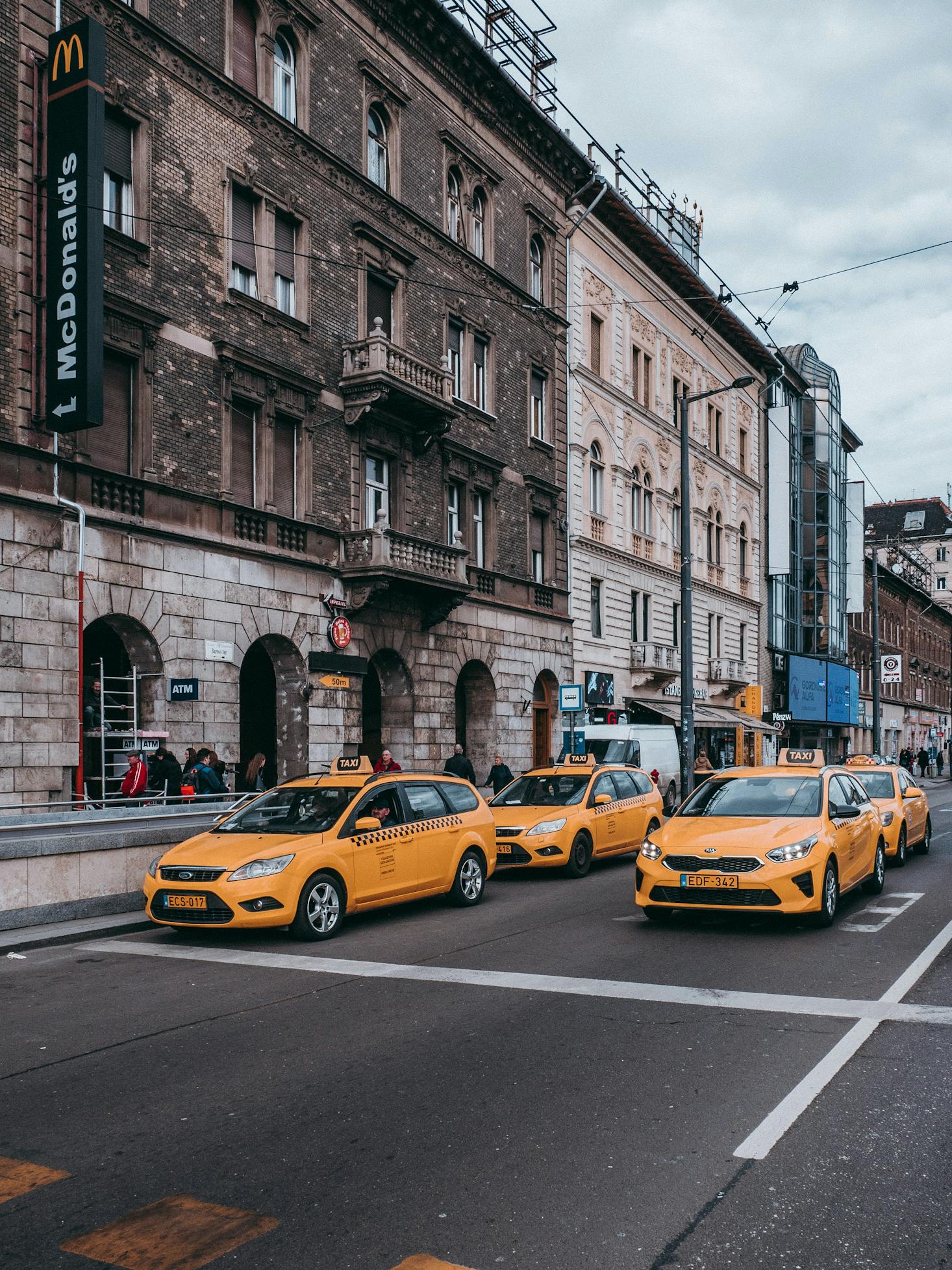
How to get around Budapest by Metro
Budapest's Metro system is almost an attraction in its own right. Budapest was the second city in the world to create an underground Metro system, after London. But while few would describe the London Underground as particularly beautiful, Hungary's Metro stations certainly are. The stations on Metro line 1 have been preserved and look much the same as they did when they first opened in 1896, so a ride on the Budapest Metro can feel like a ride back in time.
Budapest has four Metro lines which are known by both number and color. Metro line 1, the Yellow Line, was the original subway line in the city and is still probably the most useful for visitors, since it connects many of the top tourist attractions on the Pest side of the city. The other lines were added in the mid-to-late 20th century. Line 2, the Red line, also runs through the city center and connects Pest with Buda. Line 3, the Blue Line, stays on the Pest side of the river and runs broadly north-south, connecting the city's more outlying areas. Finally, the Green Line 4 also crosses the river to the south of the city.
In order to use Budapest Metro lines, you'll need a ticket. You can purchase single tickets inside the Metro station. Before boarding a train, you'll need to validate your ticket in one of the orange machines near the platform. Traveling without a validated ticket is the same as traveling with no ticket at all, and may result in a heavy fine. A single ticket is good for 80 minutes of travel on a single Metro line, so if you need to change lines, you'll need to buy another ticket. The same single tickets are good for 120 minutes of travel at night.
The Metro is operated by BKK, which is the same Budapest transport company that operates all of the city's public transport infrastructure. Therefore, it may be a better idea to buy an inclusive pass that allows you unlimited travel within the city. Knowing you always have a valid ticket and don't have to go looking for ticket machines to purchase a transfer ticket is sure to be a load off your mind when you visit the city. If you buy a travel card at the airport, it will even cover you for the train or bus ride into the city, making it a great deal. BKK offers travel cards that are good for 24 hours, 72 hours, or a seven-day period, depending on how long you are staying in the city. A 24-hour ticket costs 1650 HUF, which is a little less than five euros, making it a great deal. For 72 hours, you'll pay 4150 HUF, which is currently around €12. Therefore, these cards are well worth buying for additional peace of mind they offer at very low cost.
Alternatively, you could explore purchasing a Budapest Card. These cards can be bought online before you visit or at tourist information centers in the city, and like the BKK card, they offer unlimited transport on the public transport system. However, the Budapest Card also gives you free admission to some of the city's attractions, such as the Budapest History Museum, the Aquincum Museum, and the Hungarian National Gallery. A 24-hour card costs €22, and a 72-hour card costs €43. If you're planning on visiting lots of attractions while you're in the city, these cards can quickly pay for themselves. And if you're looking for some retail therapy, the Metro is a useful way to get to Budapest's main retail areas. To learn everything you need to know about shopping in Budapest, check out our guide.
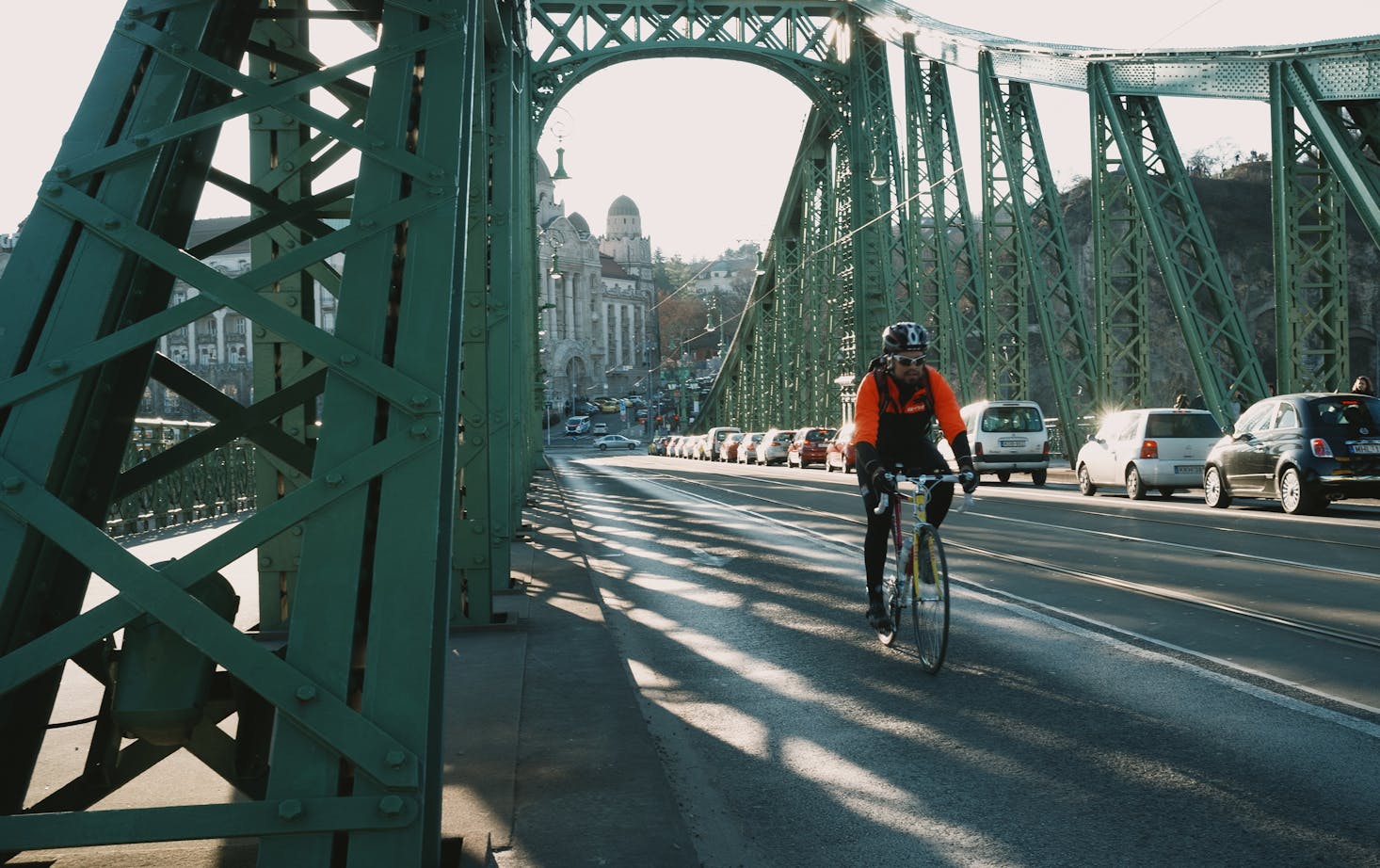
How to get around Budapest by tram
Budapest is also served by a network of historic trams. The tram network has been a part of the city since 1866, so it predates the Metro, and it remains one of the world's largest tram networks. The tram network consists of 38 different lines and a cogwheel railway, so there's almost nowhere in the city that isn't served by the streetcars. However, be warned that some lines, especially the ones in the city center, can get extremely busy, especially during peak times. These lines are not used just by tourists, but are also extensively used by locals to get to and from work, so remember your public transport etiquette. Tram line 2 is especially noteworthy, as it runs along the Danube River on the Pest side, giving impressive views of Buda Castle and the Buda Hills. It's almost worth taking a ride on this tram as a cheap form of sightseeing rather than trying to get anywhere.
How to get around Budapest by bus
As you would expect from a modern capital city, Budapest has an extensive network of bus lines that run both night and day. You can't purchase tickets as you board the bus, unlike in some other cities, so you'll need to use one of the ticket machines or purchase tickets from a newspaper kiosk. Of course, it's simpler to just buy a transit pass so that you know you'll always have a valid ticket.
Budapest's bus network really comes into its own once the sun goes down. After all, Budapest is a fantastic party city, and its nightlife is some of the most lively in Europe. Forty-one lines operate night buses in Budapest, and they run well into the early hours of the morning, so you should never be stranded with no one to turn to but the city's taxi drivers. Tram line 6 also operates through the night, providing a great way to get home after a lively night in Budapest's many bars and pubs.
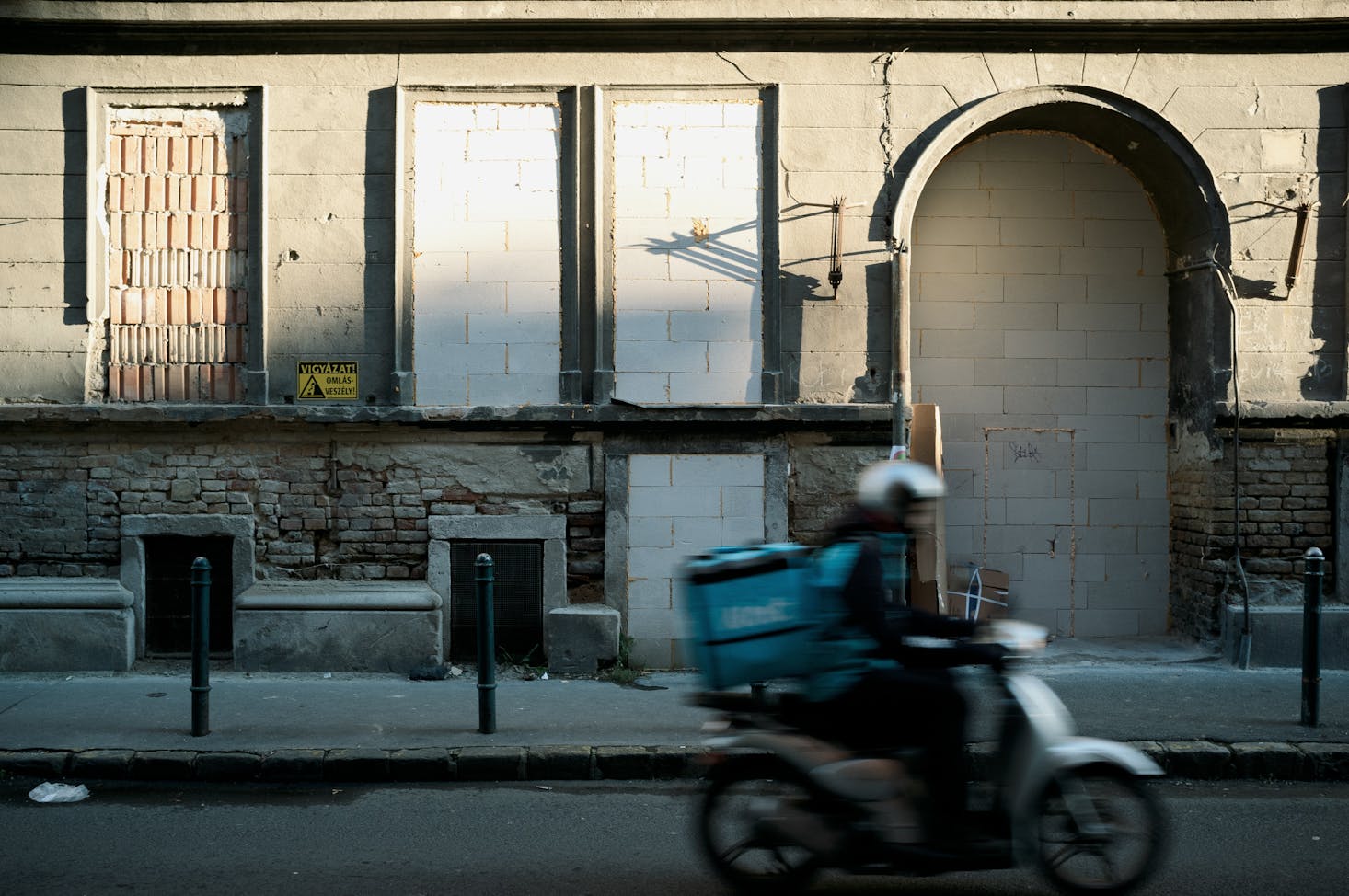
How to get around Budapest by car
Like many cities built before automobiles were invented, Budapest isn't really designed for car travel. That's especially true in the city center. While the outlying suburbs have good motorway connections to modern roads, the infrastructure of central Budapest isn't designed for driving. Expect narrow streets with lots of arcane rules and a serious lack of parking spaces.
If you plan on heading out to the city to explore outlying areas, a car may be a good idea. But it's better if you can to avoid driving in the city center. Since Budapest has such an extensive public transport network, and since it's so cheap and easy to use, it's often better to rely on it rather than trying to drive and stressing yourself out.

Can I get around Budapest on foot?
Budapest is a large city. However, many of the top attractions and most interesting neighborhoods are close to one another and the city center. Therefore, walking around the city is often the best way to experience what it has to offer. You'll be able to admire the fantastic architecture and allow for some unexpected discoveries while you get some exercise by walking through the city. And if you do tire yourself out, Budapest's public transport network is never far away, so you can always hop on a subway train, a tram, or a bus to give your feet a break.
The Pest side of the city is relatively flat, while the Buda side is more hilly. If walking doesn't appeal, you could also consider renting a bike. Budapest has plenty of bike lanes that will get you safely around the city, allowing you to explore more in a shorter period of time.
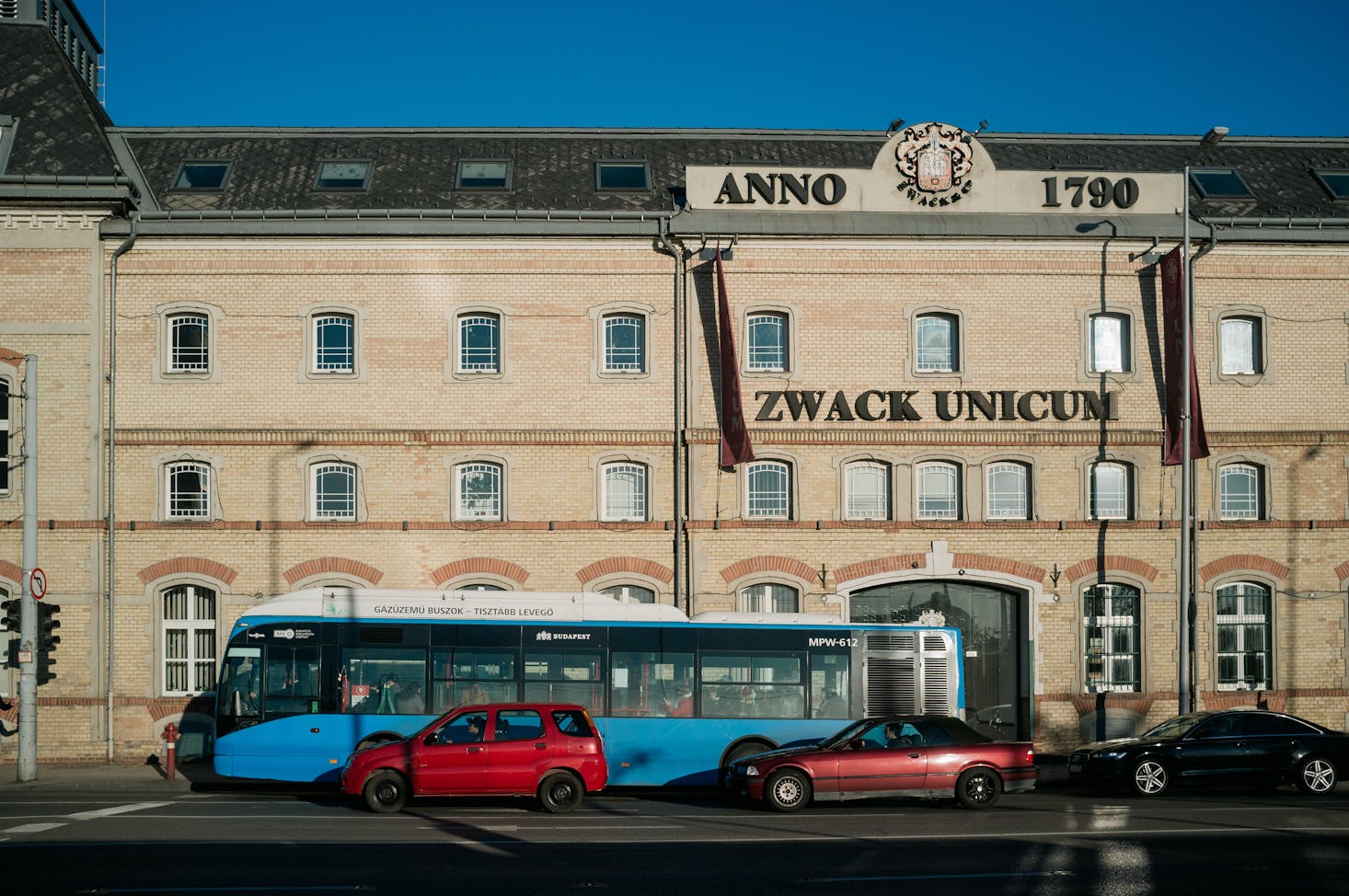
Conclusion
Budapest is a city that embraced the concept of mass public transport early on. It remains a city with an excellent public transport network that is widely used by both tourists and locals. Download a transit map to your phone or print out a copy, and you'll quickly get to grips with the extensive public transport system the city boasts. Of course, you'll have a much easier time visiting Budapest if you don't carry more than you need to. Drop off your bags at a Bounce luggage storage and you won't have to worry about maneuvering them on and off buses, trams, and Metro trains. With locations in hundreds of cities around the world, including Budapest, Bounce is there to help make travel easier so you can focus on exploring.

Love discounts and traveling?
Sign up for our newsletter and get 10% off your next booking.
